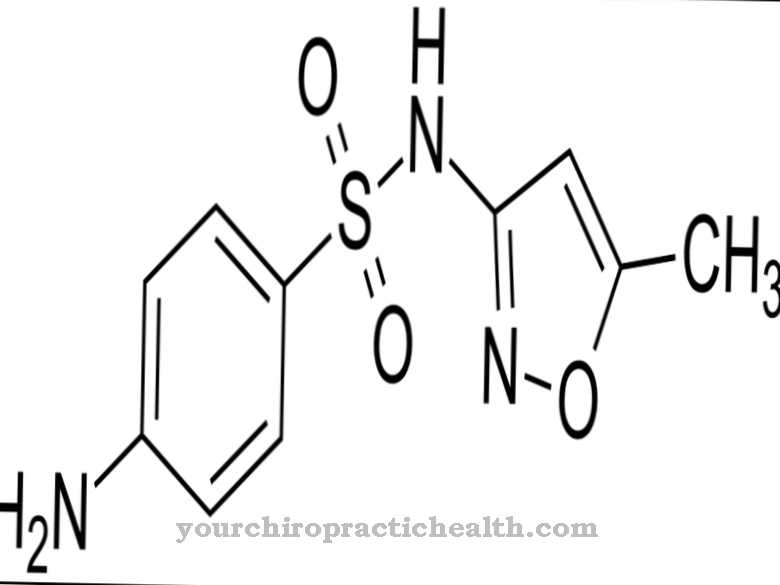Fluoride are known to most people from dental care. Many toothpastes today contain sodium fluoride, there are fluoride tablets and drinking water fluoridation, and for some years table salt with a fluoride content has also been available. Fluoride as a mineral is indispensable for building bones and teeth, but fluoridation is not without controversy in the field of health prophylaxis.
What is fluoride?

Fluoride are compounds of fluorine, a highly toxic gas that is assigned to the halogens as a chemical element. Because fluorine reacts quickly with other substances, it does not actually occur in nature in its pure form, but rather combines with other substances, which are then called fluorides.
Such compounds are e.g. B. sodium fluoride, known from toothpastes, or calcium fluoride.
Pharmacological effect
The exact way in which the Fluoride on the body cannot be fully determined. But it seems to be the case that the fluoride hardens the tooth enamel.
Normally it is exposed to acid attacks from food and drinks on a daily basis. This releases minerals from the dentin and this process leads to long-term holes in the tooth enamel. Fluoride prevents this process, even if one cannot say exactly how, probably through a combination of different effects. The hard enamel that envelops the dentin consists of the mineral apatite.
When fluoride is added, it combines with the apatite of the tooth enamel to form fluorapatite, which is more acid-resistant than normal tooth enamel. In addition, fluoride inhibits the metabolism of bacteria that produce acids in the interdental spaces. And last but not least, fluoride helps that minerals can be stored back in the tooth enamel that have been removed from it by acids. This triple effect protects the teeth better.
Medical application & use
There are various options and procedures for caries prophylaxis:
Systemic fluoridation
This includes the fluoridation of drinking water. Here is the drinking water fluoride added in such a way that all people receive a minimum amount of fluoride. For some years now there have been additives in table salt on the market that have the same effect.
Up to the age of 12, fluoride is added to children as a preventive measure in the form of fluoride tablets to make the tooth enamel more resistant. However, systemic fluoridation is less effective in preventing tooth decay due to its lower concentration.
Local fluoridation
Local fluoridation occurs through the teeth. This includes using toothpastes that contain fluoride at least twice a day. In addition, a fluoride gel, which is even more effective than toothpaste, can be applied to the teeth once a week.
This method is more effective than just brushing with a fluoride-containing toothpaste, especially if the tooth necks are more susceptible to tooth decay. Even more effective than the gels are fluoride varnishes, which stick to the tooth for much longer and are more concentrated. They are applied locally to the teeth in dental practices.
In children, the fissures on the molars are filled with fluoride varnish as a preventive measure to prevent premature fissure caries. Fluoridated mouthwash solutions also help and their concentration is comparable to that of gels.
You can find your medication here
➔ Toothache medicationRisks & side effects
fluorine in itself is a toxic element and in higher doses can lead to poisoning. Opinions differ about the harmfulness of prophylaxis, which is considered harmless to health. Proponents of fluoride prophylaxis have shown the benefits and harmlessness of fluoride prophylaxis through studies, while critics see all possible causes of illness and side effects in it.
Of course, every person reacts individually to any kind of medication. An undisputed side effect of tooth fluoridation is tooth fluorosis, an unsightly, yellowish-stained discoloration of the teeth due to an overdose of fluoride.
In the event of a long-term, high overdose, disorders in the structure of the bones can also occur. But whether fluoridation can also be held responsible for clinical pictures such as allergies, cardiovascular diseases, strokes, high blood pressure, rheumatic diseases, etc. has so far been neither proven nor refuted in studies.
























.jpg)



